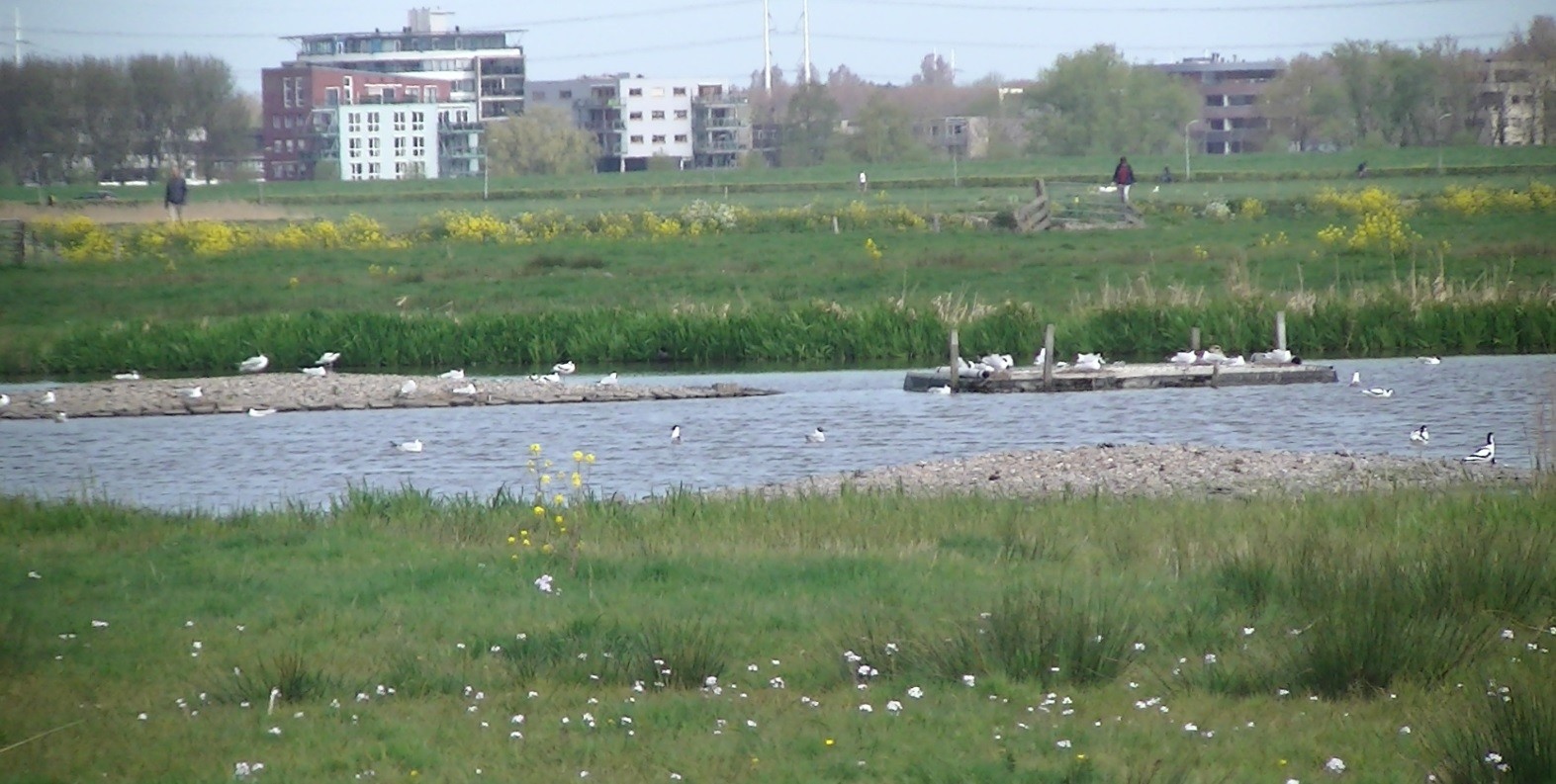Beschreibung
In the Hekslootpolder you can see many types of birds, especially from the bird watching hide. Depending on the season, you can see all kinds of birds in their own environment. Amongst the birds you can see are: Säbelschnäbler, Flußseeschwalbe, Rotschenkel, Uferschnepfe, Flußregenpfeifer, Brandgans, Krickente, Wasserralle, Blaukehlchen, Rohrammer, Sumpfrohrsänger, Schilfrohrsänger and Löffler.
Details
Zugang
A parking place you can find at Vila Westend nearby Spaarndam. The way to enter the parking place is via Haarlem, Vondelweg and Vergierdeweg, follow the signs from there to ‘Villa Westend’ The walking route you see on the map is about 5,5 km.
Terrain und Habitat
Grasland, Wiesen , Schilfflächen , See , EbeneBedingungen
Flach , Offene Landschaft , Kein SchattenRundweg
JaIst ein Spektiv nützlich?
Möglicherweise hilfreichGute Beobachtungszeit
GanzjährigBeste Beobachtungszeit
FrühjahrRoute
unbefestigte StraßeSchwierigkeitsgrad der Tour
EinfachErreichbarkeit
zu Fuß , FahrradBeobachtungshütten oder -türme
JaZusätzliche Informationen
The area is part of an old defence work named the Stelling van Amsterdam, meant to be covered with water to give the enemy no opportunity to enter the city of Amsterdam by land. The area is part of the Unesco heritage list. As the firing range (schootsveld) has to be free of obstacles, there are no buildings in the 160 ha area, an ideal place for meadow birds.
If you follow the walking route, there is also another bird area named ‘Het Landje van Gruijters’. In the route you pass 2 old fortresses: Fort South of Spaarndam and North of Spaarndam.




.jpg)